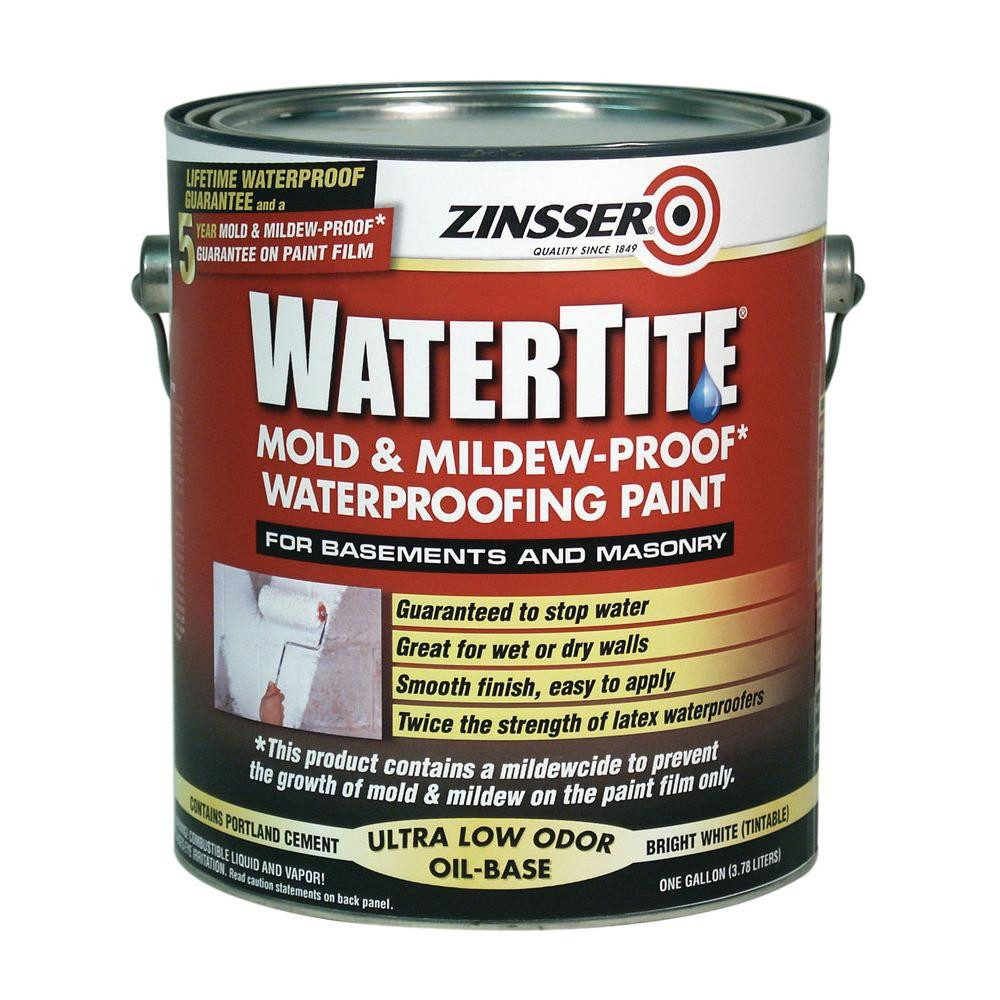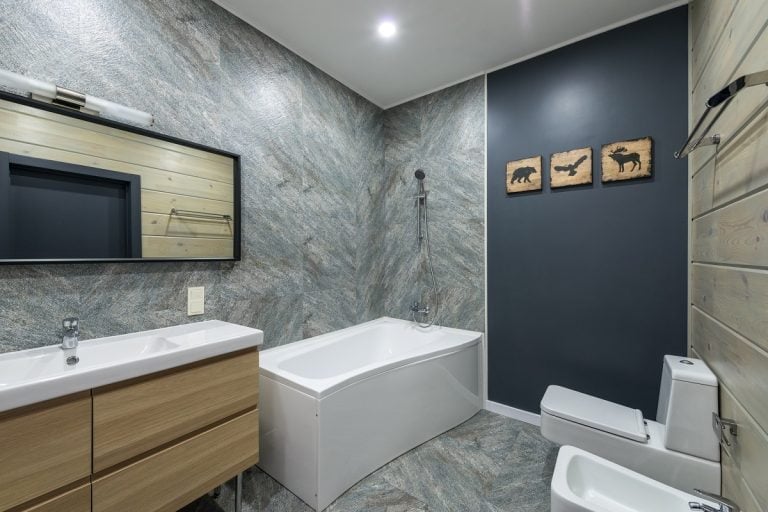Understanding Water Seal Paint for Bathrooms

Water seal paint, also known as waterproof paint, is a specialized coating designed to protect surfaces from water damage. In bathrooms, where moisture levels are high, water seal paint plays a crucial role in preventing mold growth, mildew, and structural damage.
Benefits of Water Seal Paint in Bathrooms
Water seal paint offers numerous benefits for bathroom spaces, making it an essential part of any bathroom renovation or maintenance project.
- Moisture Resistance: The primary function of water seal paint is to create a barrier that prevents water from penetrating the underlying surface. This is particularly important in areas prone to splashing, such as showers, tubs, and sinks.
- Mold and Mildew Prevention: By preventing water penetration, water seal paint also inhibits the growth of mold and mildew, which can cause health problems and damage to the bathroom’s structure.
- Durability: Water seal paint is designed to withstand the harsh conditions of a bathroom environment, including high humidity, temperature fluctuations, and exposure to cleaning chemicals.
- Aesthetic Appeal: Water seal paint is available in a wide range of colors and finishes, allowing homeowners to achieve a desired aesthetic while protecting their bathroom surfaces.
- Cost-Effectiveness: Water seal paint is a relatively inexpensive way to protect bathroom surfaces, compared to other waterproofing solutions such as tile or membrane systems.
Types of Water Seal Paint
Water seal paint comes in various types, each with unique properties and applications.
- Acrylic Water Seal Paint: Acrylic water seal paint is a popular choice for bathrooms due to its durability, flexibility, and ease of application. It forms a strong, water-resistant barrier that is also breathable, allowing moisture to escape from the surface.
- Epoxy Water Seal Paint: Epoxy water seal paint is a highly durable and chemically resistant option that is often used in commercial bathrooms and areas with heavy traffic. It forms a hard, non-porous surface that is highly resistant to water and stains.
- Polyurethane Water Seal Paint: Polyurethane water seal paint is a versatile option that can be used on a variety of surfaces, including wood, concrete, and metal. It offers excellent water resistance, durability, and UV protection.
- Silicone Water Seal Paint: Silicone water seal paint is a flexible and water-resistant option that is often used for sealing joints and cracks. It is also resistant to mold and mildew growth.
Water Seal Paint vs. Other Waterproofing Solutions, Water seal paint for bathroom
While water seal paint is an effective waterproofing solution for bathrooms, it is important to consider other options and their respective advantages and disadvantages.
- Tile: Tile is a popular and durable waterproofing solution for bathrooms. It is highly resistant to water and easy to clean. However, tile can be expensive to install and requires specialized labor.
- Membrane Systems: Membrane systems are a more advanced waterproofing solution that involves applying a waterproof membrane to the bathroom’s walls and floor. They are highly effective at preventing water penetration and are often used in high-end bathrooms. However, membrane systems can be costly and require professional installation.
Application and Maintenance of Water Seal Paint

Water seal paint, a specialized coating designed to protect surfaces from moisture, is an essential component in creating a durable and long-lasting bathroom environment. Proper application and maintenance are crucial for maximizing the effectiveness and lifespan of this paint.
Preparing Bathroom Surfaces
Before applying water seal paint, thorough preparation of the bathroom surfaces is essential to ensure optimal adhesion and performance. This involves cleaning, sanding, and priming the surfaces.
- Cleaning: Remove any dirt, grime, mold, or mildew using a mild detergent and a damp cloth. Rinse the surfaces thoroughly with clean water and allow them to dry completely.
- Sanding: Lightly sand the surfaces to create a smooth and even texture. This will help the paint adhere better and provide a more uniform finish.
- Priming: Apply a primer specifically designed for water-resistant surfaces. This will create a barrier between the surface and the water seal paint, improving adhesion and preventing moisture penetration.
Applying Water Seal Paint
Applying water seal paint requires a systematic approach to ensure a uniform and effective coating. Follow these steps for optimal results:
- Stir the paint: Thoroughly stir the paint to ensure it is evenly mixed and consistent.
- Apply thin coats: Use a high-quality brush or roller to apply thin and even coats of paint. Avoid applying thick layers, as this can lead to cracking or peeling.
- Allow for drying time: Allow each coat of paint to dry completely before applying the next. Refer to the manufacturer’s instructions for the recommended drying time.
- Apply multiple coats: Apply at least two coats of water seal paint for optimal protection. Allow each coat to dry completely before applying the next.
Drying Time and Curing Process
Water seal paint requires adequate drying time and a curing process to achieve its full strength and moisture resistance.
The drying time for water seal paint can vary depending on the specific product and environmental conditions, such as temperature and humidity.
After the paint dries, it undergoes a curing process, which involves the hardening of the paint film. This process typically takes 24 to 48 hours. During the curing process, it’s important to avoid exposing the painted surfaces to excessive moisture or heavy use.
Maintenance of Water Seal Paint
Regular maintenance is crucial to extend the lifespan of water seal paint and ensure its effectiveness.
- Cleaning: Clean the painted surfaces regularly with a mild detergent and a damp cloth. Avoid using harsh chemicals or abrasive cleaners, as these can damage the paint.
- Reapplication: Reapply water seal paint every few years, or as needed, to maintain its protective properties. The frequency of reapplication depends on the level of moisture exposure and the wear and tear on the paint.
Choosing the Right Water Seal Paint: Water Seal Paint For Bathroom

Selecting the right water seal paint for your bathroom is crucial for ensuring its longevity and preventing moisture damage. Different areas of your bathroom have varying levels of exposure to moisture, requiring different types of paint to withstand the elements.
Checklist for Selecting Water Seal Paint
A thorough checklist can guide you towards the perfect water seal paint for each bathroom area:
- Shower Walls: High moisture exposure necessitates a paint with excellent water resistance, mildew resistance, and durability. Look for paints labeled as “shower-safe” or “tub and tile” with high scrubbability for cleaning.
- Bathroom Floors: Flooring faces high foot traffic and potential water spills. Choose a paint with high abrasion resistance, water resistance, and slip resistance. Look for paints specifically designed for bathroom floors.
- Ceilings: Ceilings typically experience less direct moisture exposure but can still be prone to condensation. Opt for a paint with good moisture resistance and mold-resistant properties. Consider paints with a satin or semi-gloss finish for easy cleaning.
Comparing Popular Water Seal Paint Brands
This table compares the features and specifications of popular water seal paint brands, helping you make an informed decision:
| Brand | Features | Specifications | Price Range |
|---|---|---|---|
| Brand A | Excellent water resistance, mildew resistance, high scrubbability | VOC-compliant, mildewcide, scrub rating of 10,000 cycles | $30-$40 per gallon |
| Brand B | High abrasion resistance, water resistance, slip resistance | Epoxy-based, slip rating of 0.5, durable finish | $40-$50 per gallon |
| Brand C | Good moisture resistance, mold-resistant properties, easy cleaning | Acrylic-based, mildewcide, satin finish | $25-$35 per gallon |
Guide to Selecting the Best Water Seal Paint
This guide helps homeowners determine the best water seal paint based on their budget, desired finish, and application requirements:
- Budget: Water seal paint prices can vary significantly. Consider your budget and prioritize features based on your needs. Some brands offer budget-friendly options with good performance, while others focus on premium features at a higher price point.
- Desired Finish: Different paint finishes offer varying levels of sheen and aesthetics. Matt finishes provide a subtle look but may require more frequent cleaning. Satin and semi-gloss finishes offer better durability and easy cleaning. Consider the overall aesthetic of your bathroom and your cleaning preferences.
- Application Requirements: Some paints require specific application techniques or tools. Read the manufacturer’s instructions carefully before applying the paint. For example, epoxy-based paints may require specialized primers and application methods.
Water seal paint for bathroom – Water seal paint is essential for bathroom walls, protecting them from moisture and mildew. A soothing olive green paint can create a tranquil retreat in your bathroom, like this one , and with the right water seal paint, the color will stay vibrant for years to come.
Water seal paint is a crucial element in bathroom design, offering protection against moisture and the inevitable wear and tear. However, even with proper application, you may encounter issues like paint peeling off in bathroom , which can be caused by various factors like humidity and inadequate ventilation.
Understanding these issues and implementing preventive measures, such as choosing high-quality water-resistant paint and ensuring proper ventilation, is essential for maintaining a beautiful and durable bathroom finish.